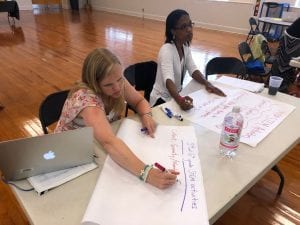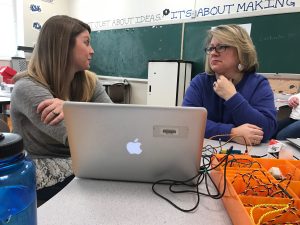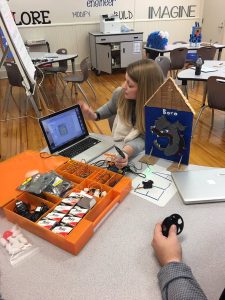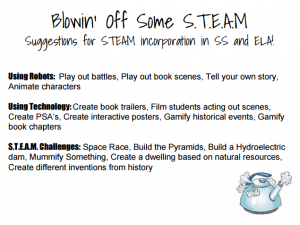Technology Tools to Support the Engineering Design Process
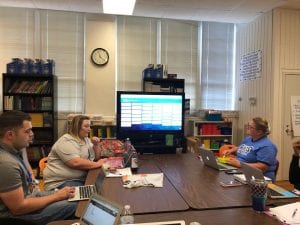 The following blog post was written by Emily Nestor, Technology Integration Specialist and DLP Coach!
The following blog post was written by Emily Nestor, Technology Integration Specialist and DLP Coach!
With the integration of STEM/STEAM becoming a focus in many K-12 schools, the term Engineering Design Process has become an educational buzz word in both conversations and classroom pedagogy.
Within this methodical process, students begin with an idea or problem and follow a series of steps that emphasize the importance of planning, creating, testing, and improving. Coupled with its focus on the 4Cs (communication, collaboration, critical thinking, and creativity), the EDP is an educational gold mine that encourages a growth mindset while emphasizing 21st-century skills and fostering design thinking.
At Winterboro, the integration of the Engineering Design Process is not reserved for just STEM/STEAM activities, but instead has become a guiding process for all student work. From essays to presentations to tangible products, students utilize the steps in the EDP in order to create products that are #exceptional.
Winterboro’s 1:1 Chromebook infrastructure also plays a role in how students move through the steps of the Engineering Design Process. Through the embedding of technology, students are not only more engaged, but are also encouraged to communicate and collaborate. This, in turn, allows students to deepen their level of understanding, strengthen and broaden their thinking, and also share their ideas – all of which can have an impact on how a student chooses to tackle the task/problem/challenge.
Need some ideas on tech tools to support each step of the Engineering Design Process?
Check out this week’s Teacher Academy presentation!
